Genus: Zingiber Mill.
|
Habitat: |
Found in tropical Asia, some part of America, Africa and Carribean island.. |
Feature: |
Pseudostems: well-developed, 1--2 m, Inflorescences: terminating, short stem with only scale leaves, dense, conelike; bracts: of main axis crowded, 1--3[--5], reniform or very broadly ovate to lance-elliptical or lanceolate; cincinni: sessile, 1-flowered, enclosed in bracts; bracteoles: small, inconspicuous, hidden by bracts. Flowers: calyx cylindric , shortly 3-lobed, split down one side; corolla tube cylindric, dilated distally, lobes lanceolate; filament short or nearly absent; anther enclosed within upper petal, not spurred , terminal appendage long; lateral staminodes absent or reduced to small teeth connate with lip, lip plane, entire, notched , or 3-lobed. Fruits capsule, ellipsoid . |
Economic Importance: |
Zingiber is mostly recognized by its one member, Zingiber officinale which is best known as a condiment for last four thousand years but is also routinely used in folk medicinal preparation. Other member of this genus contributes a lot too, to its economic importance. |
||
|---|---|---|---|---|---|---|---|
| Medicinal Importance: |
The genus have diverse medicinal uses, important ones being improving gastrointestinal function, common cold remedy, analgesic, anti-inflammatory and relieving rheumatic pain. | ||||||
Classification
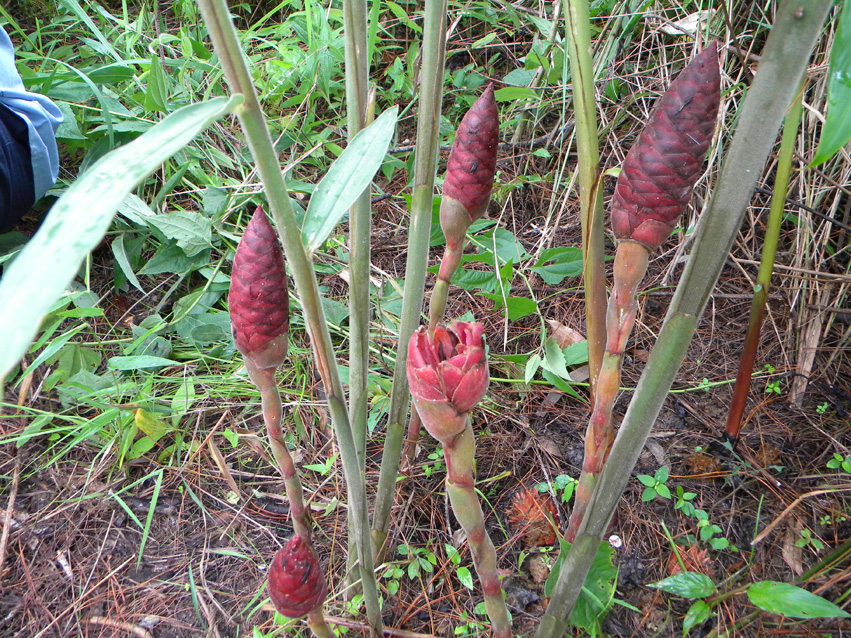
| Zingiber | |
|---|---|
| Zingiber | |
| Scientific classification | |
| Kingdom: | Plantae |
| Subkingdom: | Viridaeplantae |
| Infrakingdom: | Streptophyta |
| Division: | Tracheophyta |
| subdivision: | Spermatophytina |
| Infradivision: | Angiospermae |
| Class: | Magnoliopsida |
| Superorder: | Lilianae | Order: | Zingiberales |
| Family: | Zingiberaceae |
| Genus: | Zingiber |

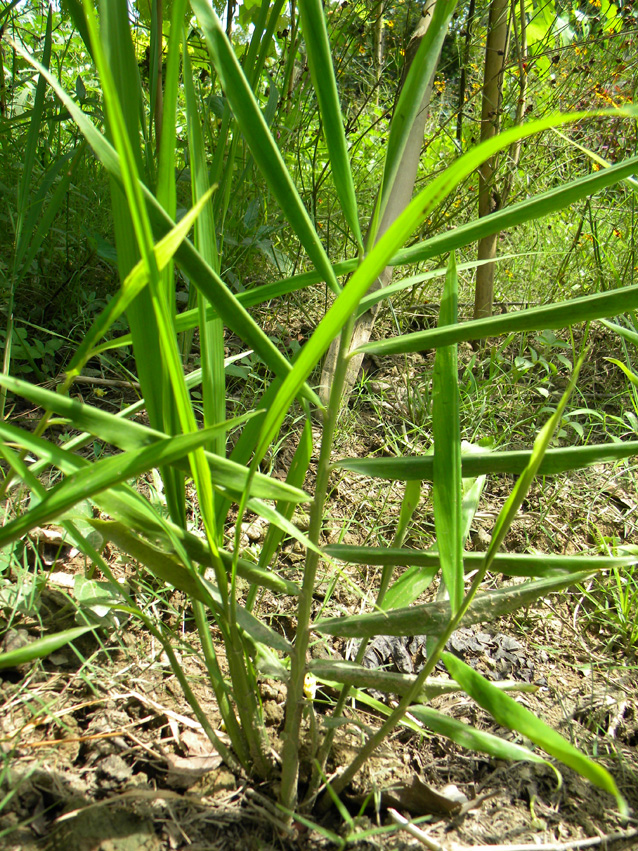
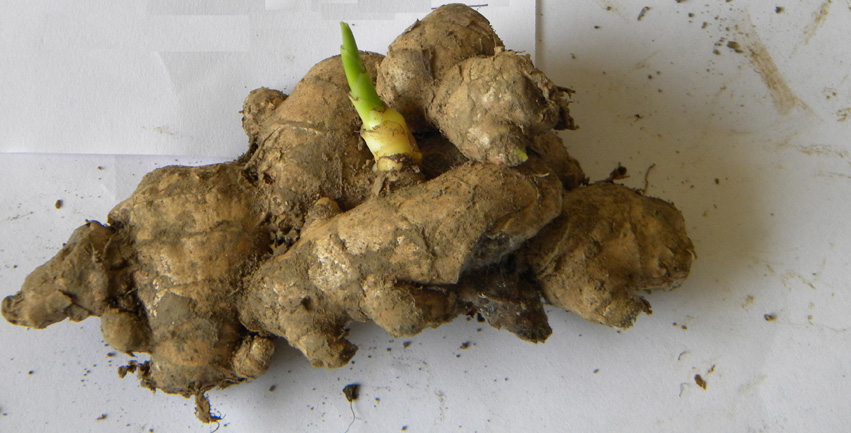
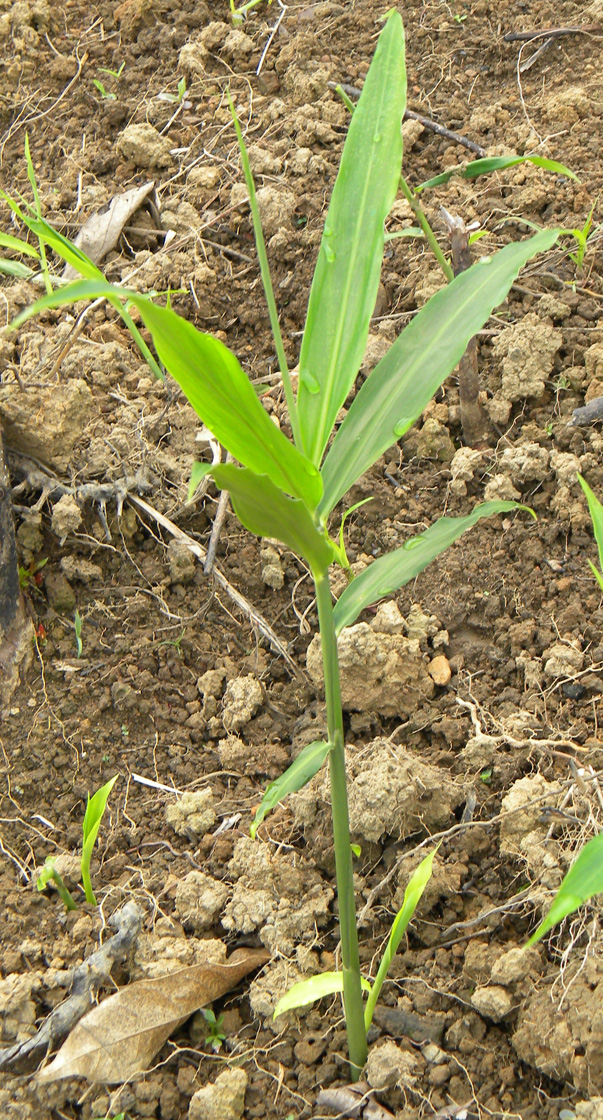
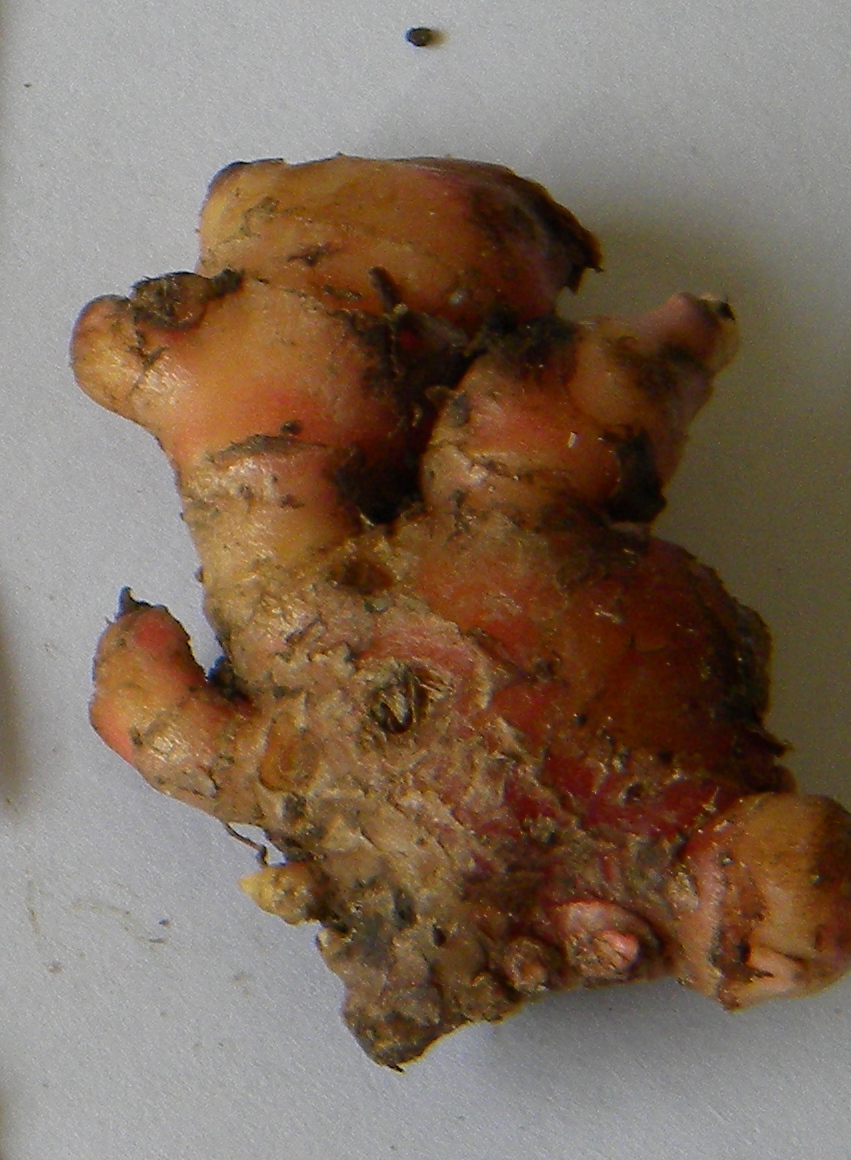
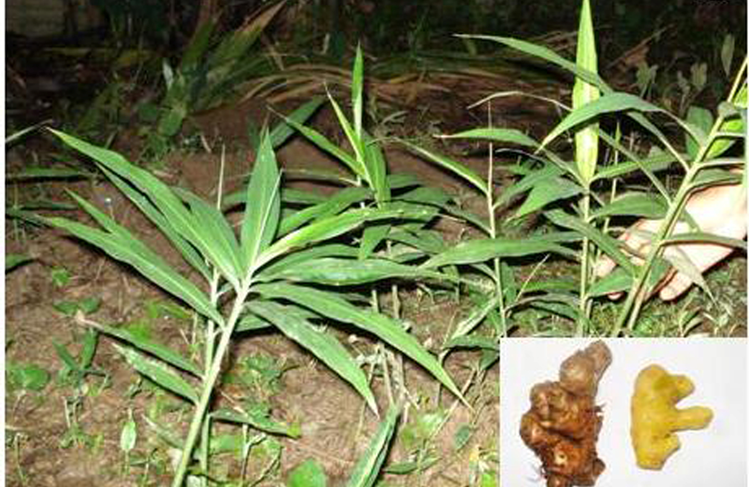
Phylogenetic description
Zingiber is beleived to be monophylogenetic and is further divided into four clad. The relationship was first established by oberving the pattern of infloresence and later was restablished by using sequence information from ITS gene. For detailed phylogeny information continue
Related publications
1)Metabolic profiling and phylogenetic analysis of medicinal Zingiber species: Tools for authentication of ginger (Zingiber officinale Rosc.). (2006). Jianga H., Xiea Z., Kooa, H.J., McLaughlina S.P., Timmermanna B.N., Ganga D.R. Phytochemistry. Volume 67: 15, 1673–16852)Phylogeny of the genus Zingiber (Zingiberaceae) based on nuclear ITS sequence data (2012). Theerakulpisut P., Triboun P., Mahakham W., Maensiri D., Khampila J. and Chantaranothai P. Kew Bulletin volume. 67: 389 -395.
3) Ethnomedical uses of Zingiberaceous plants of Northeast India. Tushar, Basak S, Sarma GC, Rangan L. J Ethnopharmacol. 2010 Oct 28;132(1):286-96

